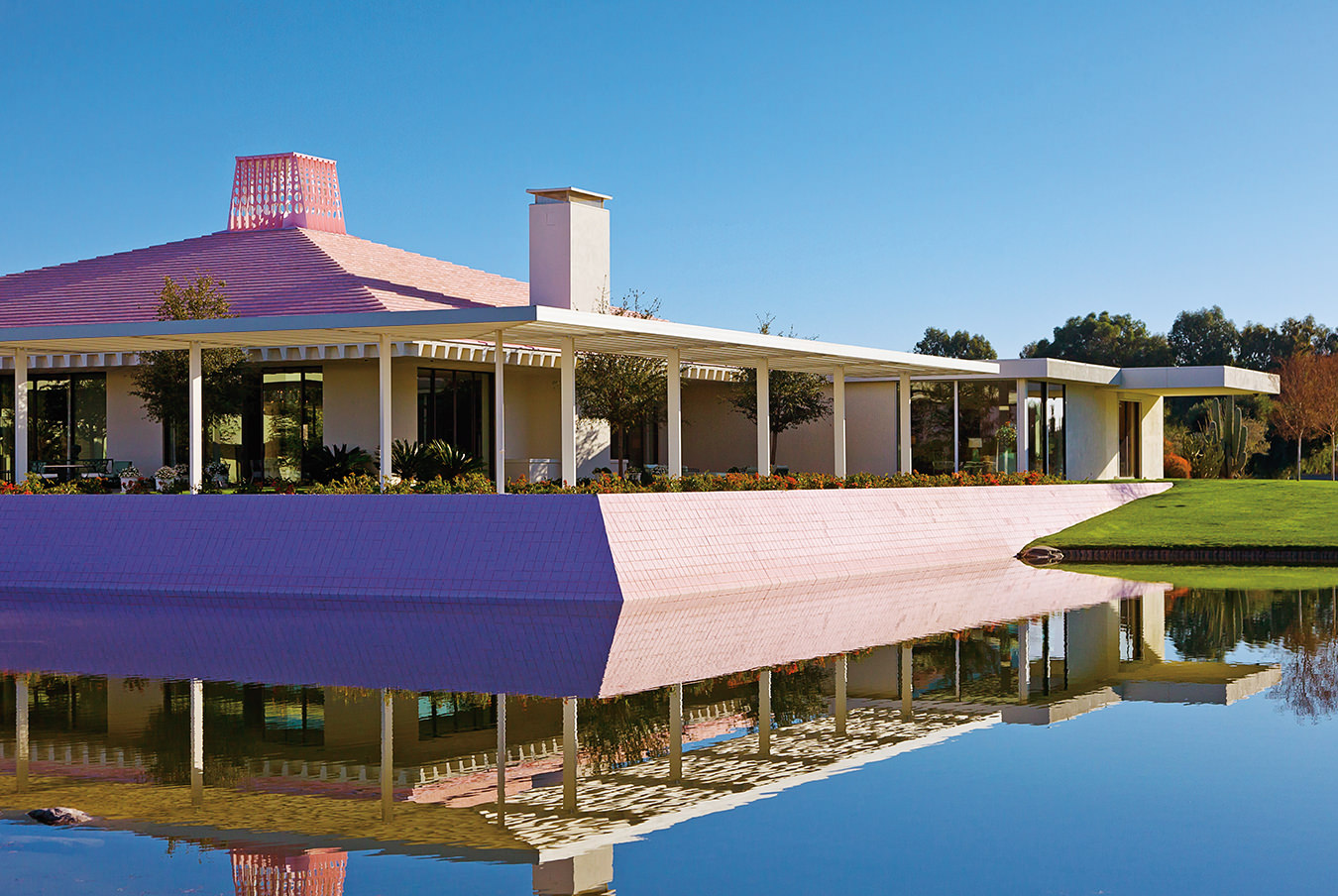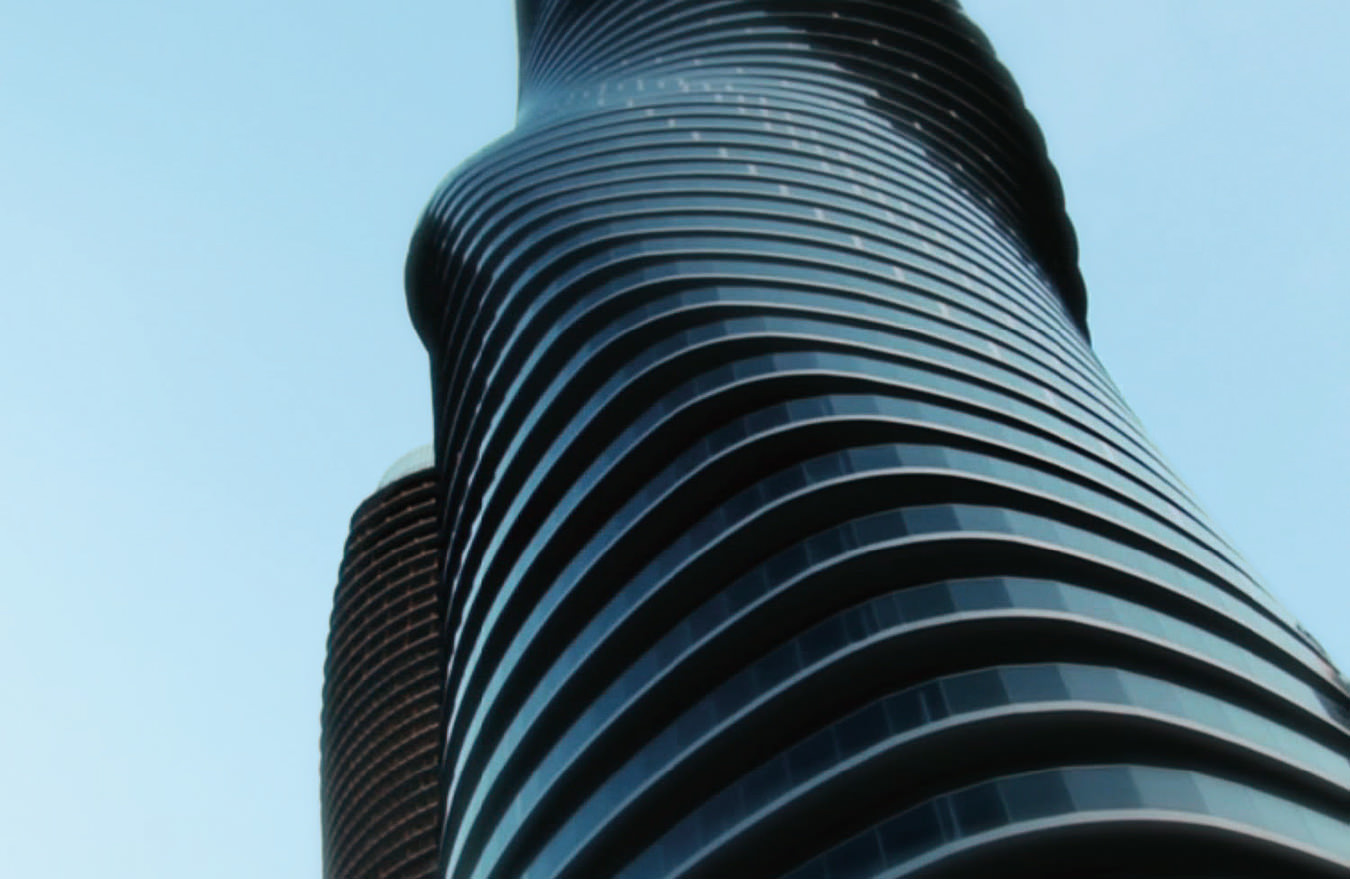High-Tech Wood Skyrises Might Help Heal the Planet
Pushing the limits on timber to avoid climate disaster.

As building materials go, wood has a lot going for it. It’s strong. It’s easy to work with. It’s a renewable resource. Making it doesn’t pump tonnes of CO2 into the sky. Perhaps most important, wood can act as a carbon sink. In fact, pretty much the only limit has been how high you can build with it.
Not anymore. Over the past decade, scientists, engineers, and architects (many of them Canadian) have used advanced technology to challenge wood’s limitations. Around the world, skyrises such as Vancouver’s Tallwood House (53 metres), HoHo Tower in Vienna (84 metres), and Tokyo’s proposed W350 Project (350 metres) are pushing the limits of how high wood can go. And in doing so, they may help stave off climate disaster.
What’s driving the timber renaissance isn’t anything going on in the forest. Rather, a series of engineering innovations are allowing builders to get more out of wood than ever before. Example: cross-laminated timber and laminated veneer lumber, both forms of “super plywood” featuring layers of wood strips bonded with polyurethane in high-pressure kilns. The end product is similar to the plywood and fibreboard we’ve all seen at IKEA, but with a strength comparable to steel.
This high-tech timber has a number of advantages over the materials we usually build with. It’s a heck of a lot lighter, for one, mitigating the need for a deep foundation filled with climate-busting concrete. It has a high strength-to-weight ratio—useful in an earthquake or a hurricane. It can be prefabricated and preassembled for faster, cleaner, less labour-intensive construction. It even offers a degree of fire protection: cross-laminated timbers retain their load-bearing capacity for up to 90 minutes in a fire versus 15 minutes for unprotected steel. While cement and iron girders will always have their uses (for extra support in elevator shafts and stairwells, for example), engineered wood allows almost every other post, beam, brace, joist, panel, slab, and stud in a building to be made from trees.
With concrete and steel accounting for some 15 per cent of CO2 emissions worldwide, the time has come to rethink the literal building blocks of civilization. With one cubic metre of wood capable of storing about a tonne of greenhouse gas (depending on the species) for a 40-60-year building lifespan, wood might be one of the most effective and practicable climate solutions we have. Don’t knock it. Or rather, knock on it.




